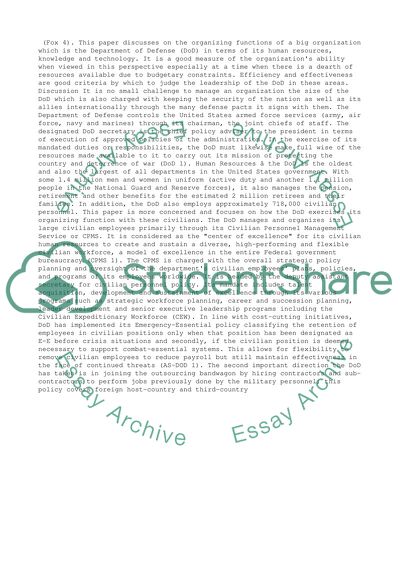Cite this document
(“The Department of Defense as an Organization Research Paper”, n.d.)
Retrieved from https://studentshare.org/management/1430045-the-department-of-defense-as-an-organization
Retrieved from https://studentshare.org/management/1430045-the-department-of-defense-as-an-organization
(The Department of Defense As an Organization Research Paper)
https://studentshare.org/management/1430045-the-department-of-defense-as-an-organization.
https://studentshare.org/management/1430045-the-department-of-defense-as-an-organization.
“The Department of Defense As an Organization Research Paper”, n.d. https://studentshare.org/management/1430045-the-department-of-defense-as-an-organization.


